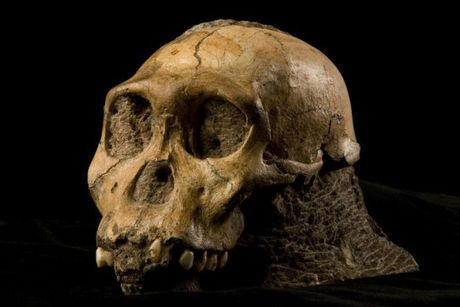Skull Pushes Back Clock on Early Human Migration

An ancient skull discovered in a cave in Laos has pushed back the clock on human migration to Southeast Asia by as much as 20,000 years, a study published Monday has found.
The skull discovered in the Annamite Mountains in northern Laos is the oldest modern human fossil found in Southeast Asia and is believed to be between 46,000 and 63,000 years old.
The find also reveals that early humans did not simply follow the Asian coast as they migrated from Africa to Australia, as some researchers have argued, but that some also moved inland into unfamiliar terrain.
"This fossil find indicates that the migration out of Africa and into East and Southeast Asia occurred at a relatively rapid rate, and that, once there, modern humans weren't limited to environments that they had previously experienced," said co-author Laura Shackelford, an anthropologist with the University of Illinois at Urbana-Champaign.
While some human remains of about that age have been found China and elsewhere in Southeast Asia, none have shown definitively modern human features or been as well dated as the Laos skull.
The discovery also reinforces genetic studies which indicate modern humans were living in the region at least 60,000 years ago.
"Given its age, fossils in this vicinity could be direct ancestors of the first migrants to Australia," Shackelford said in a press release.
"But it is also likely that mainland Southeast Asia was a crossroads leading to multiple migratory paths."
Since no other artifacts were found in the cave, researchers believe it was not a dwelling or burial site. Since the soil it was found in is was dated at between 46,000 and 51,000 years ago researchers believe the body was washed into the cave after the person died nearby.
The skull was discovered more than two meters (8.2 feet) below the surface of the cave in 2009. A team of researchers used multiple methods to determine its age.
The study was published in the Proceedings of the National Academy of Sciences.



